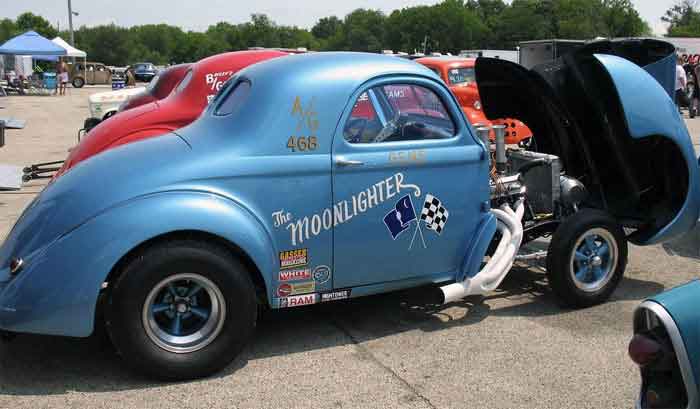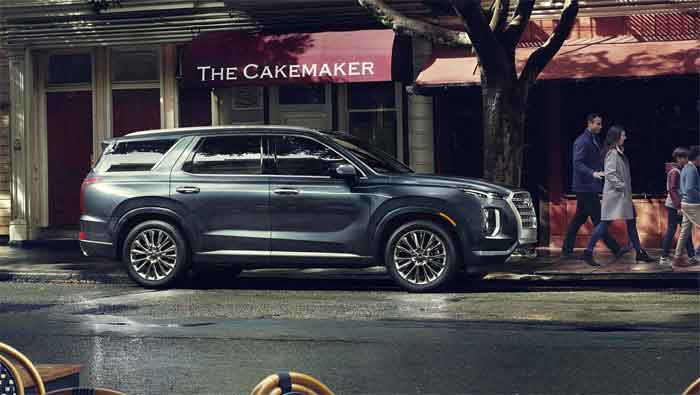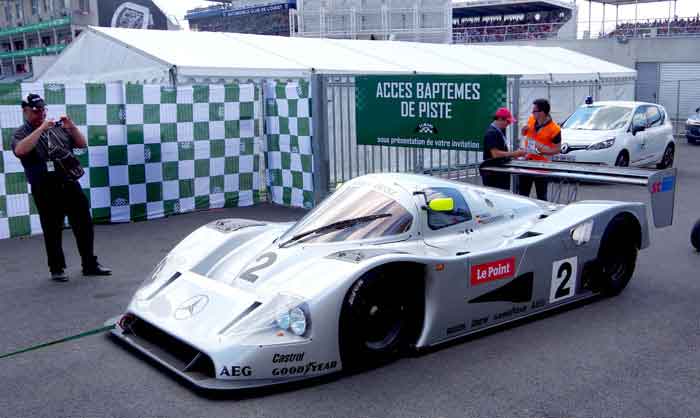With the rise in popularity of automatic cars, the demand for manual transmission vehicles is slowly on the decline. Only 6.5% of cars sold in America use manual transmission, and although this figure is much higher in other countries, automatic cars are steadily increasing in number. While there are a number of legitimate reasons to drive an automatic, there are a few good reasons why a manual transmission might just be better for you.
The biggest argument for owning a manual transmission is the fuel economy. While automatic engines are quickly developing and catching up with their manual counterparts, fuel economy can increase as much as 15% when driving manual. This is due to the additional fuel requirements of the torque converter and hydraulic pump as well as the car not always automatically choosing the most economic gear to drive in. Not only does driving an automatic save you on fuel, the initial price of a car with a manual engine tends to be cheaper than an automatic, especially when looking at the bottom end of the market.
Money aside, a lot of drivers choose to drive a manual for the feel. A lot of people argue they are more fun to drive as the driver is much more involved with how the vehicle operates, but also driving a manual means you have a lot more control over the performance of the car. The driver has the ability to choose the exact gear that is required for the situation, and in some driving conditions it pays to have a higher or lower gear than what an automatic torque converter pushing you forwards chooses for you. It is also much easier to perform an engine brake or to use the momentum of the engine to slow yourself down. The cars tend to be lighter, have less power loss and quicker acceleration and so the performance, when driven properly, is somewhat increased.
Manual drivers also argue that there are less distractions when driving a manual as you have to concentrate more on the operation of the vehicle and so therefore have less capacity to let your mind wander, although it could be argued that with less to do to operate the vehicle, one could concentrate better on what is happening on the road.
Manual cars tend to be cheaper to maintain as their engines are less complicated. The most common aspect to repair is the clutch which often doesn't require maintenance for thousands of miles. Manual engines also use engine oil as opposed to automatic transmission fluid which doesn't deteriorate as quickly and therefore doesn't need to be changed as frequently either.
With less people opting for manual engines, it is becoming rare to see somebody using that third pedal and a gear stick, although this could be to your advantage. In terms of security, there are less people who are able to drive your car and so the chances of it being successfully stolen are lower.
Lastly, for those who are able to drive manual cars and possess a license that allows it, you are also able to drive automatic cars, which doesn't work vice versa. By owning a manual license, you keep your options open should you wish to switch to automatic transmission in the future.





